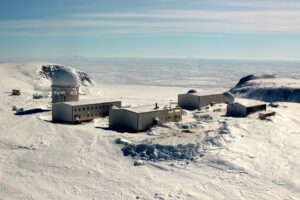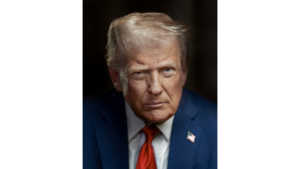
Rep. Mikie Sherrill (D-N.J.) on June 20 introduced H.R. 4229 to direct the Pentagon and the Federal Aviation Administration (FAA) to conduct a study and submit a report "on the effects of unmanned free balloons on aviation safety and how both the Department of Defense and Federal Aviation Administration might boost awareness of unmanned free balloons over United States airspace," according to a summary of the measure in the Congressional Record. Reps. Carlos Gimenez (R-Fla.) and Sylvia Garcia (D-Texas) co-sponsored…














